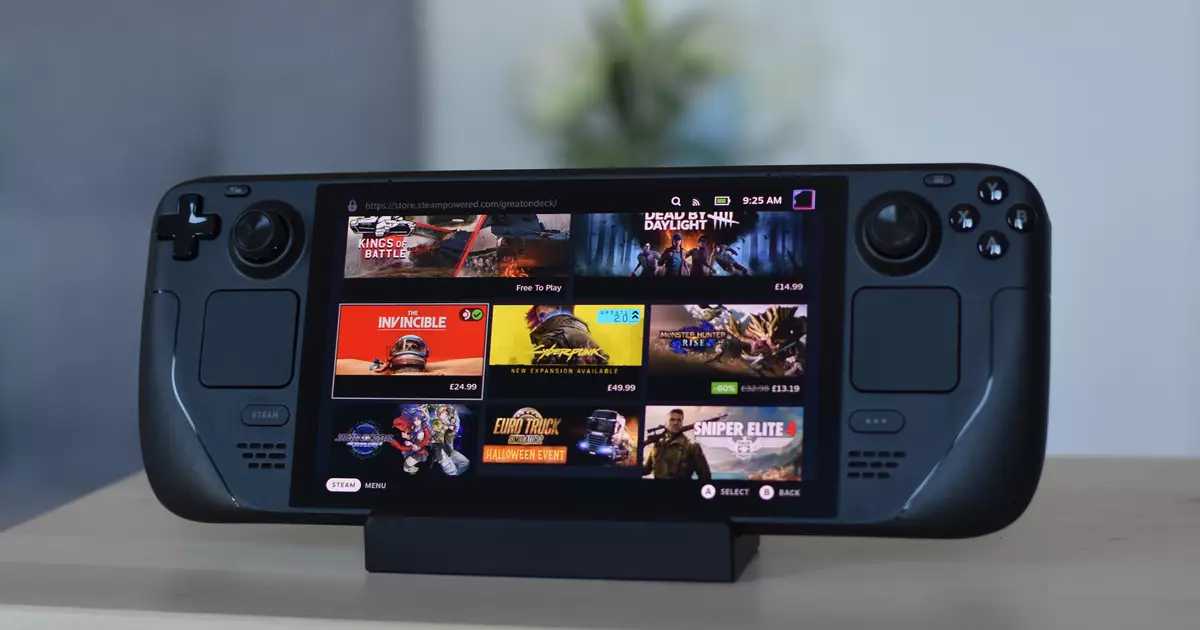As the gaming landscape continues to evolve, companies are consistently exploring new technologies to enhance user experience. Valve, known for its innovative hardware and software, appears to be taking steps that could signify a major shift in their approach. Recent reports suggest that the company may be moving toward ARM architecture, which could revolutionize its future hardware offerings and create exciting possibilities for gamers.
Understanding the Transition: From x86 to ARM
For years, the gaming industry has predominantly relied on x86 architecture, primarily due to its established presence in both PCs and consoles. Valve, however, has made a name for itself by pushing the envelope with projects like the Valve Index and the Steam Deck. With the Steam Deck’s success, many wondered what Valve would do next. While the announcement of their Steam Deck OLED model was anticipated, signals from leaks and reports indicate that a more significant transformation could be on the horizon—specifically, a transition to ARM processors.
ARM architecture has grown notably within the industry, thanks in part to its deployment in mobile devices like the Nintendo Switch and Apple’s range of computers utilizing the M series chips. Notably more power-efficient than the traditional x86 counterparts, ARM chips offer compelling advantages in performance-per-watt. This raises the question: How would Valve’s adoption of ARM affect its upcoming hardware?
Potential Benefits for Gamers
Transitioning to ARM could provide several benefits that resonate with gamers. Foremost among these is power efficiency—making future hardware more portable and lasting longer on battery power. For instance, a potential new generation of Steam Deck, if designed on an ARM architecture, could operate for extended periods without requiring a recharge. Similarly, a wireless VR headset could take advantage of the lower energy consumption, enhancing the user experience significantly.
Moreover, ARM’s compatibility with the Android operating system could also allow games that are limited to mobile platforms to join the ranks of PC libraries, broadening the gaming selection available on Steam. Imagine the ability to play popular indie games that thrive on mobile devices without the complications of emulation. This ties back into Valve’s core mission—making gaming more accessible.
While optimism surrounds this potential move, it is not without its hurdles. The biggest challenge lies in maintaining the performance metrics that gamers demand. Most of the gaming ecosystem, particularly older PC games, have been crafted for x86 architecture, which inherently creates compatibility issues when attempting to run them on a fundamentally different architecture. Although modern ARM chips boast considerable power, the disparity in design necessitates full emulation for older titles, which could hinder performance and affect those crucial framerates that gamers have come to expect.
Valve’s Proton software, known for facilitating compatibility for Windows titles on Linux-based systems, has yet to face the complexities presented by migrating to ARM64 architecture. While the development of Proton has undoubtedly been impressive, the transition into unsupported territories may require a substantial leap in compatibility solutions.
Looking toward the future, it remains unclear what direction Valve will ultimately choose. While some speculate that the company is poised to unveil an ARM-based Steam Deck, preliminary discussions have indicated that such a product may still be several years away. In light of this uncertainty, speculation points to the possibility of a standalone VR headset benefiting from ARM’s technological advantages sooner than any new Steam Deck iteration.
Ultimately, Valve’s foray into ARM architecture could redefine how gaming hardware is viewed in the coming years. The framework created could signal the way forward not only for Valve but also for the gaming industry as a whole. While there are undeniably challenges on this path, Valve’s history of defying the odds suggests that the company may yet again lead the charge into an innovative future.
The potential shift towards ARM presents a fascinating landscape of opportunities and challenges. By exploring different processor architectures, Valve could enhance gaming performance and foster a more inclusive ecosystem for gamers—a prospect that is thrilling to consider for all those involved in the gaming community.


Leave a Reply